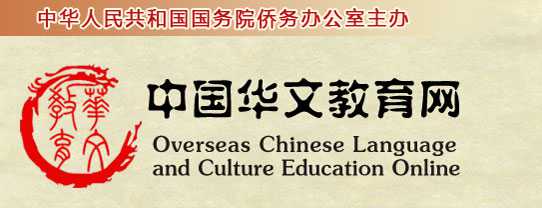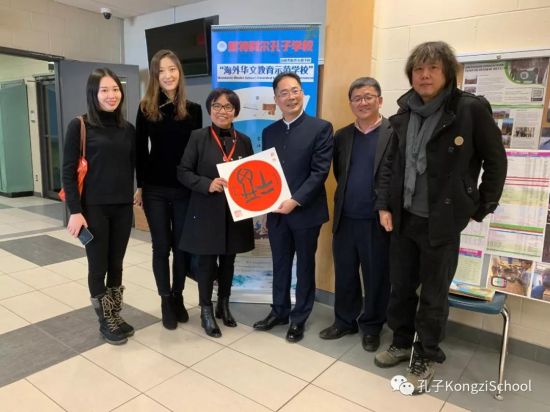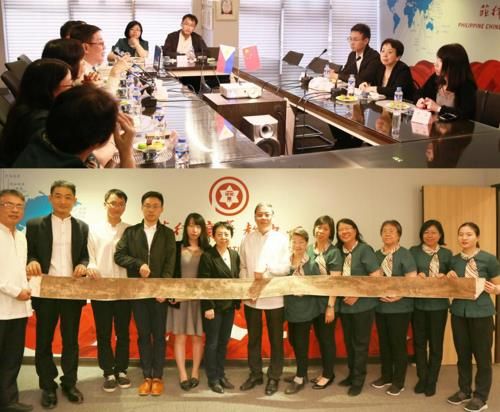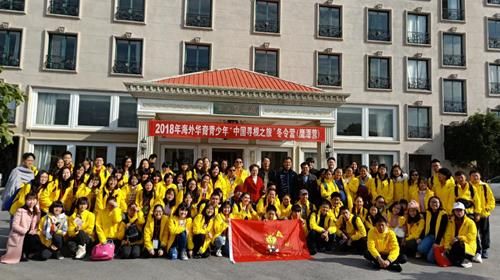|
古代造纸术 Papermaking
2009年09月03日 09:18
古代造纸术 造纸术是中国古代“四大发明”之一。 在造纸术发明以前,人们把字刻写在龟甲、兽骨、竹片、木片和绢帛(juan bo)上。甲骨、木片很笨重,用起来不方便;绢帛太贵,一般人用不起。大约在西汉初期,人们用大麻和苎麻(zhu ma)造出了纸。这种早期的纸比较粗糙,不太适合写字。 到了东汉时期,在朝廷做官的蔡伦,经过长期的试验,改进了造纸方法。他用树皮、破布、破鱼网等多种植物纤维作原料,加水蒸煮,捣烂成浆,再均匀地摊在细帘子上晾干,造成了一种薄薄的纸。这种纸便于写字,而且便宜,受到了人们的欢迎。所以说蔡伦在造纸术方面的贡献是巨大的. 东汉以后,造纸技术得到不断的改进,竹子、稻草、甘蔗渣等都逐渐成为造纸原料。因为原料不同,纸也有了各种不同的种类和用途。安徽省宣州生产的宣纸,就是闻名中外的上等纸张,是用于中国书法、绘画的珍品. 中国的造纸术于隋末唐初传到朝鲜和日本,后来又传到阿拉伯地区和其它国家,纸的发明,极大地方便了信息的储存和交流,对于推动世界文明的发展具有划时代的意义。 Before the papermaking technology was invented, people carved or wrote Chinese characters on tortoise shells, animal bones, bamboo slices, wooden plates, and thin tough silksa. Tortoise shells, animal bones and wooden plates are too heavy to use while silks are too expensive. Around the early period of the Western Han Dynasty (206 BC-25 AD), people made paper from hemp and ramieb. Initially, this was very rough and not suitable for writing. During the Eastern Han Dynasty (25-220 AD), an official named Cai Lun improved the technique after years of experimentation. He used many plant fibers such as bark, rags, torn fishing nets as raw materials, steamed and cooked them with water, then pounded them into pulp, and then spread the pulp evenly on a fine screen and dried it into a kind of thin paper. The paper was suitable for writing and also very cheap so it became very popular. Papermaking technology gradually improved so that various types of paper were created for different uses. For example, the Xuan paper made in Xuanzhou of Anhui Province is a high quality paper adapted for use in Chinese calligraphy and painting. The technology spread to Korea and Japan in the late Sui (581-618 AD) and early Tang (618-907 AD) dynasties, and later to Arabia and other countries. The invention of paper made it more convenient for information storage and communication and had a great significance in promoting the development of international civilization.
【来源:中国华文教育网】
|
|






















